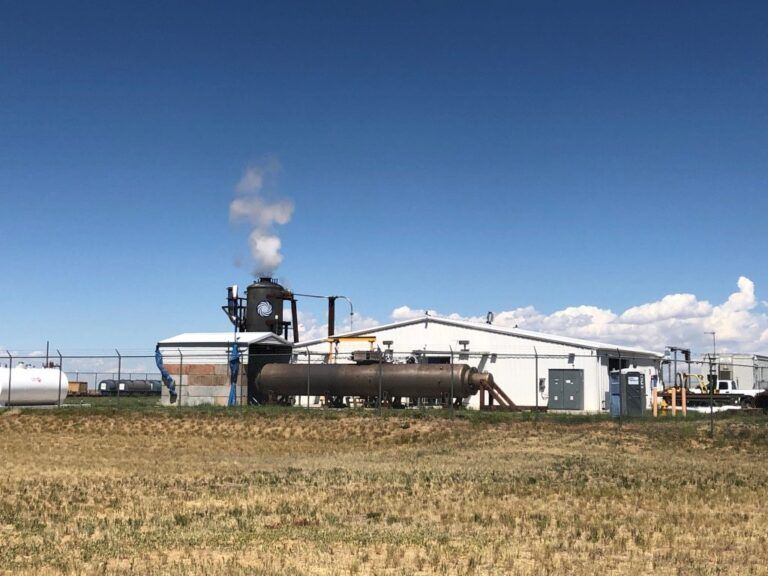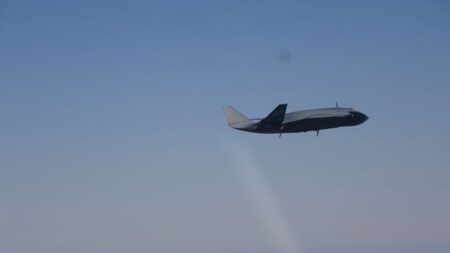Reaction Engines has successfully completed a testing campaign to assess the suitability of its high-Mach air breathing engine technology for use in US Air Force jets.
The Foreign Comparative Testing (FCT) campaign of Reaction’s precooler heat exchanger at its Colorado high-temperature test facility was conducted by the company’s US subsidiary (Reaction Engines Incorporated – REI) and the US Air Force Research Laboratory (AFRL).
The testing campaign and partnership between REI and the US AFRL was announced last July.
“The FCT test program greatly expanded the demonstrated capabilities of our engine precooler technology”, said REI’s director of engineering, Andrew Piotti. “During these recent tests, the precooler successfully achieved our objective of over 10 megawatts of transferred thermal energy from the high-temperature airflow, which is three times higher than our previous test program.”
The delivery of the required airflow conditions mimicked those expected during eventual high-Mach flight. The testing required the expansion of the company’s test facility and the addition of a new water coolant system to handle the huge thermal load.
“I’m proud of our team and the commitment they showed in rapidly meeting these challenges and achieving these important test outcomes,” added Piotti.
Ernest Thompson of the AFRL said, “The FCT was an essential step for Reaction Engines and the US government to further demonstrate and characterize the technical capability of Reaction Engines’ heat exchanger technology under flight-like airflow conditions.”
“Reaction Engines is at the forefront of developing the breakthrough technical capability to accelerate turbine engine propulsion systems into high-Mach and hypersonic flight regimes”, said REI President, Dr. Adam Dissel. “Working closely with our government and strategic industry partners on these important test campaigns is essential to unlock credible and rapid solutions for achieving new high-speed flight systems.”
Reaction Engines in the UK was founded in 1989 and has been developing its SABRE (Synergetic Air-Breathing Rocket Engine) to operate in two modes. From take-off to Mach 5, while still within the atmosphere, the engine sucks in air like a conventional jet engine, to support combustion of the hydrogen fuel.
Once above the atmosphere, SABRE switches to conventional rocket mode and uses liquid oxygen (LOX) stored on board. The engine’s air-breathing characteristics reduces the amount of heavy LOX a launch vehicle has to carry.





